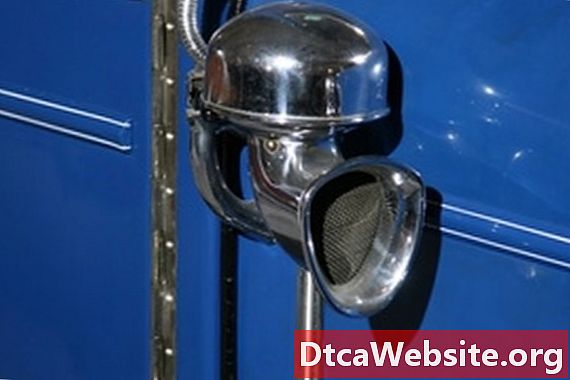
Contenu

Given the obvious preference for wide rubber over skinny in racing and performance circles, its easy to assume that wide tires are better in all conditions than their svelte cousins. The truth, however, is a bit more complicated than just putting as much tire on the road as possible.
Pressure and Contact
There are two ways to get traction (a function of friction) on any surface: increase the contact area or increase the pressure per square inch. Skinny tires must carry the same amount of weight as fat tires, but must do so with far less contact with the road. This increases the force in pounds per square inch on the tire tread, theoretically allowing the thinner tire to "cut" into the road surface. You could compare the pressure effects of fat tires to skinny to (respectively) a baseball bat and a samurai sword.
Dry Traction
In completely dry conditions, wider and fatter is always better for traction. A dry road and dry tires allow every inch of rubber to grab the road with no interference, so traction increase/decrease is almost linear with tire size. The only downside to larger tires on dry roads is that they can increase steering effort in low-speed conditions. Traction is traction, whether its rolling forward or swiveling on an axis.
Wet Conditions
Generally speaking, wider tires will perform better in wet conditions than skinny tires, but it depends on the tread pattern. Wide tires can easily trap water underneath while rolling, making efficient water removal channels (called "sipes") a priority for design. Narrow tires can get away with having fewer sipes because theyre not as inclined to trap water underneath and because their higher contact pressure tends to "squish" water out of the way.
Snow Safety
The long-held belief that narrow tires are better in snow and ice is generally true. One side effect of high contact pressure is heat, which can, in many cases, squeeze any snow beneath back into its liquid state. When combined with a sipes designed to carry that melted ice and snow away, the end result is a tire that performs far better in winter conditions than wide summer rubber. Wide tires tend to float over the top of ice and snow rather than digging in.
Staggering Tire Size
Another aspect to the fat vs. skinny debate involves using different sized tires on the front and rear axles, also known as "staggering." Generally speaking, whichever axle gets the power (the rear tires on rear-wheel-drive or front tires on front-wheel-drive) gets wider tires to help plant it. Pro drag cars often use very skinny tires on the front wheels, but thats mainly to reduce both weight and the tendency of the car to "oversteer" at high speed. In the real world, this "fats and skinnies" approach will often lead to dangerously bad handling with very little increase in straight line performance.


